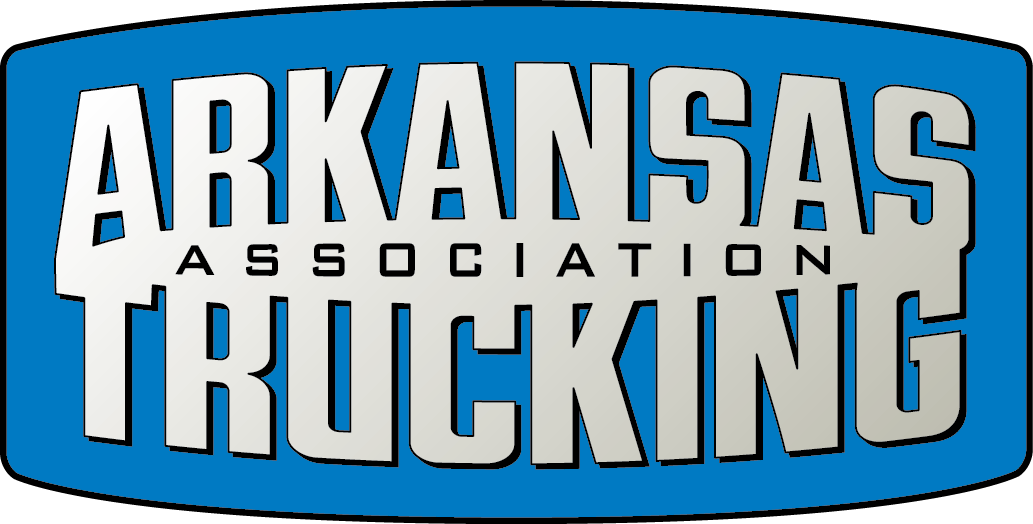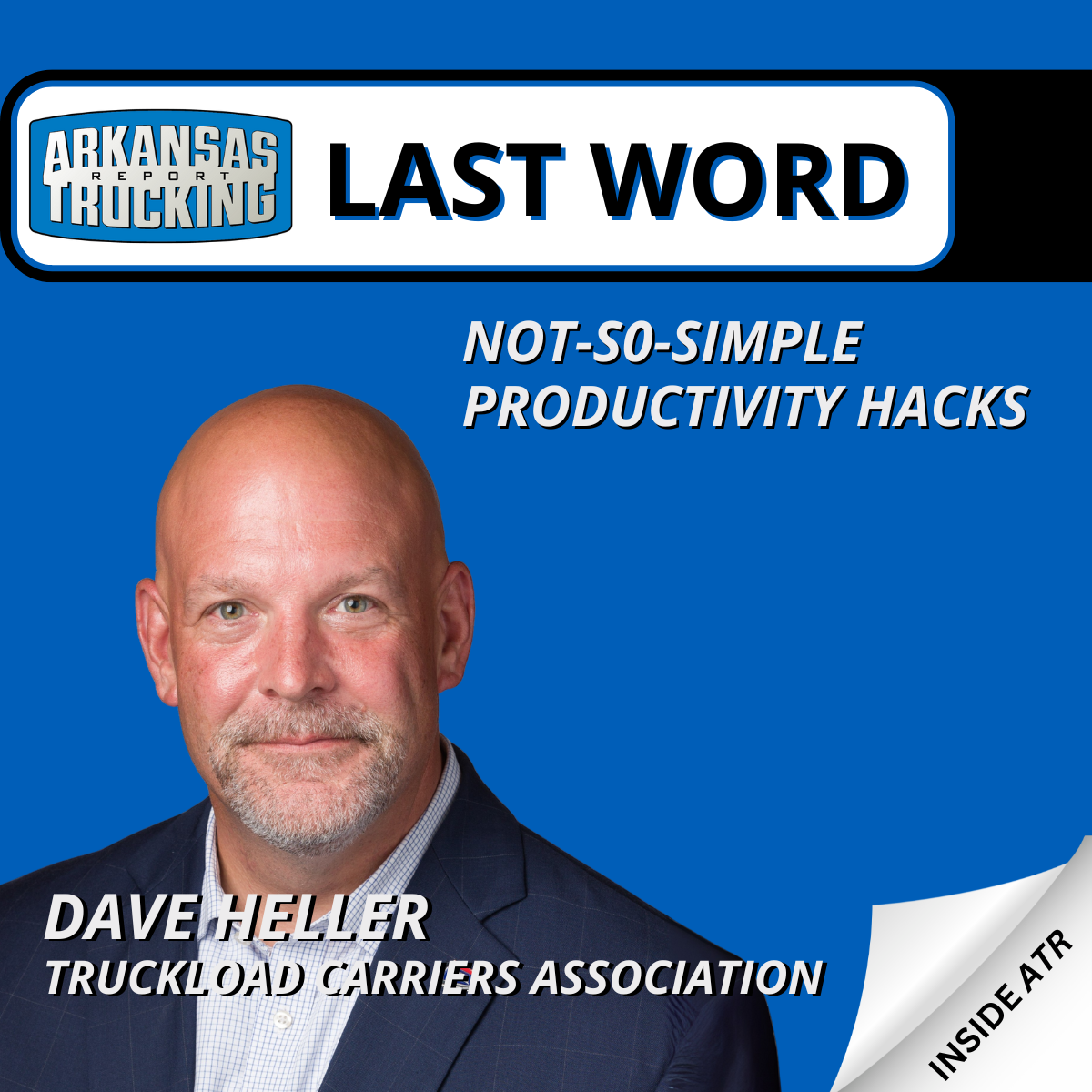From The President’s Desk
Much has been written about the new hours-of-service rules. Not many people in the industry are happy and even fewer know what to do about this seemingly endless cycle of change in the number of hours a commercial truck driver may work. Let’s take the issue down to its basics. Because that’s where the problem and the solutions can be found.
Not long after the Federal Motor Carrier Safety Administration (FMCSA) was created, the agency began looking at ways to reduce the number of fatalities involving big trucks. That is essentially the agency’s only charge.
The hours-of-service rules, or HOS, regulate the number of hours a truck driver may operate his vehicle in a week. So, naturally, those HOS rules became the cornerstone for the FMCSA in figuring out how to reduce accidents. The logical observation was (and is) that if you can reduce the number of hours, or improve the rest times, you can reduce driver fatigue, and if you can reduce driver fatigue, you can reduce the number of accidents.There were other factors that bolstered that view. A casual observer will see that a truck driver can drive as many as 11 hours with a brief break and work about 60 hours in a week. Most wage earners put in 40 hours a week. If asked if they want to drive a truck, most folks would pass on the job right there.
Secondly, the business model by which truck drivers work also confuses the observer. The majority of truck drivers are paid by the number of miles they drive. Drive more miles, make more money – pretty simple to figure out how one might abuse the HOS rule.
Third, it’s easy to lie. Truck drivers are permitted to verify they are complying with the law by filling out a sheet of paper. We permit 3.2 million truck drivers to work on the honor system. So, the regulators looked at those factors – coupled with the tragedy of more than 4,000 people who are killed and tens of thousands more who are injured each year in accidents involving big trucks and concluded that driver fatigue must be the culprit. Restrict their hours of driving and the accidents will come down.
But what if the FMCSA is wrong? What if truck driver fatigue isn’t the real culprit? What if other factors cause most accidents? Well, there’s only one way to find out. The electronic onboard recorder (EOBR) also known as the electronic logging device (ELD) will go a long way toward setting the record straight. Tracking the number of hours electronically that a driver operates and doesn’t operate his truck will give us the data we need.
Congress mandated them last year to go into every commercial truck and the FMCSA is closer to announcing the rule and the clock will start ticking. Within two or three years, every truck will have them and the paper log book will be history. EOBRs won’t lie. Their data will show exactly when those accidents occurred and to a great degree, if fatigue was a factor. And if it isn’t fatigue (as most suspect the data will show) what are the factors? The quicker those EOBRs get into the trucks, the quicker we can get off this HOS merry-go-round.



